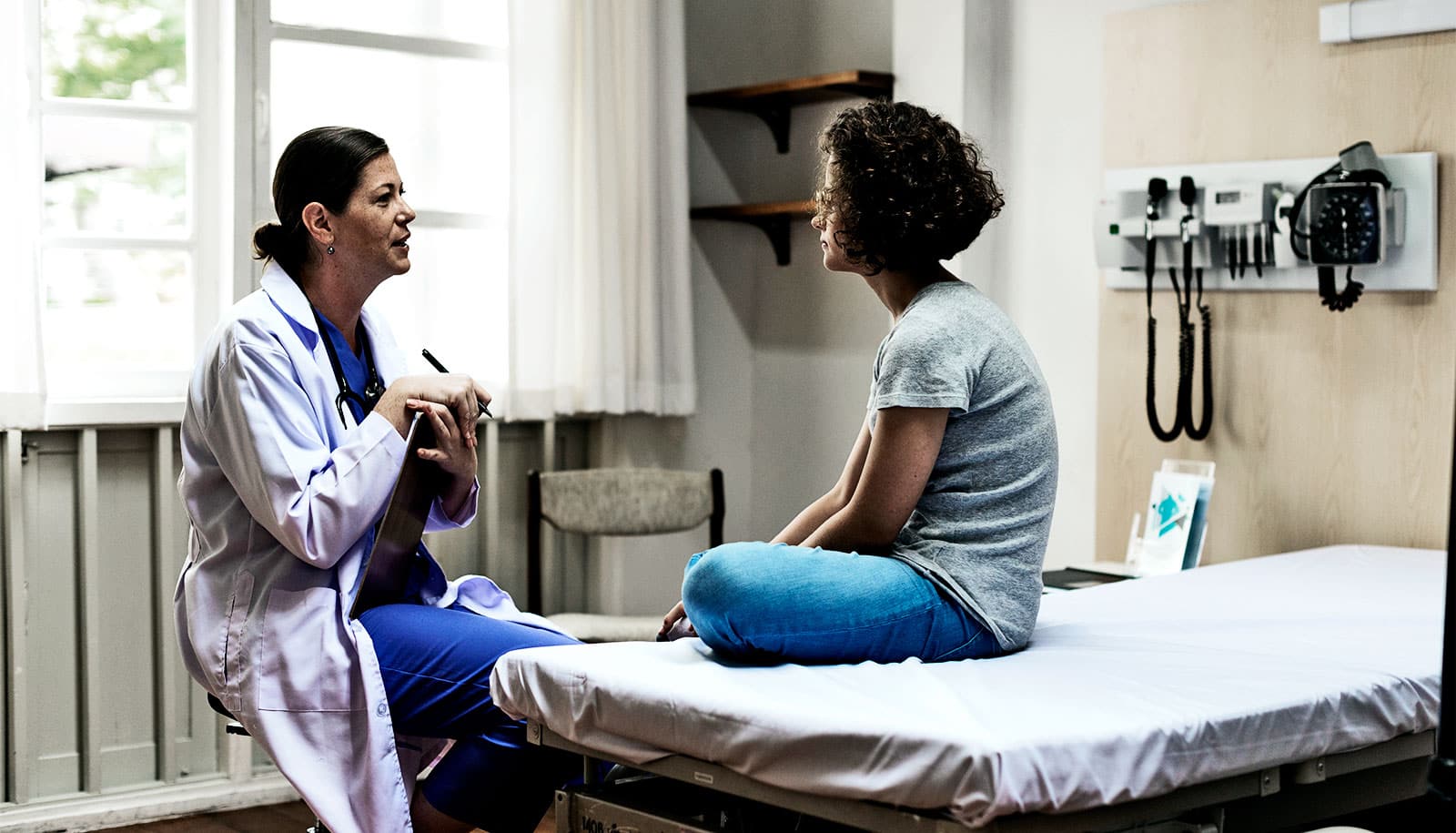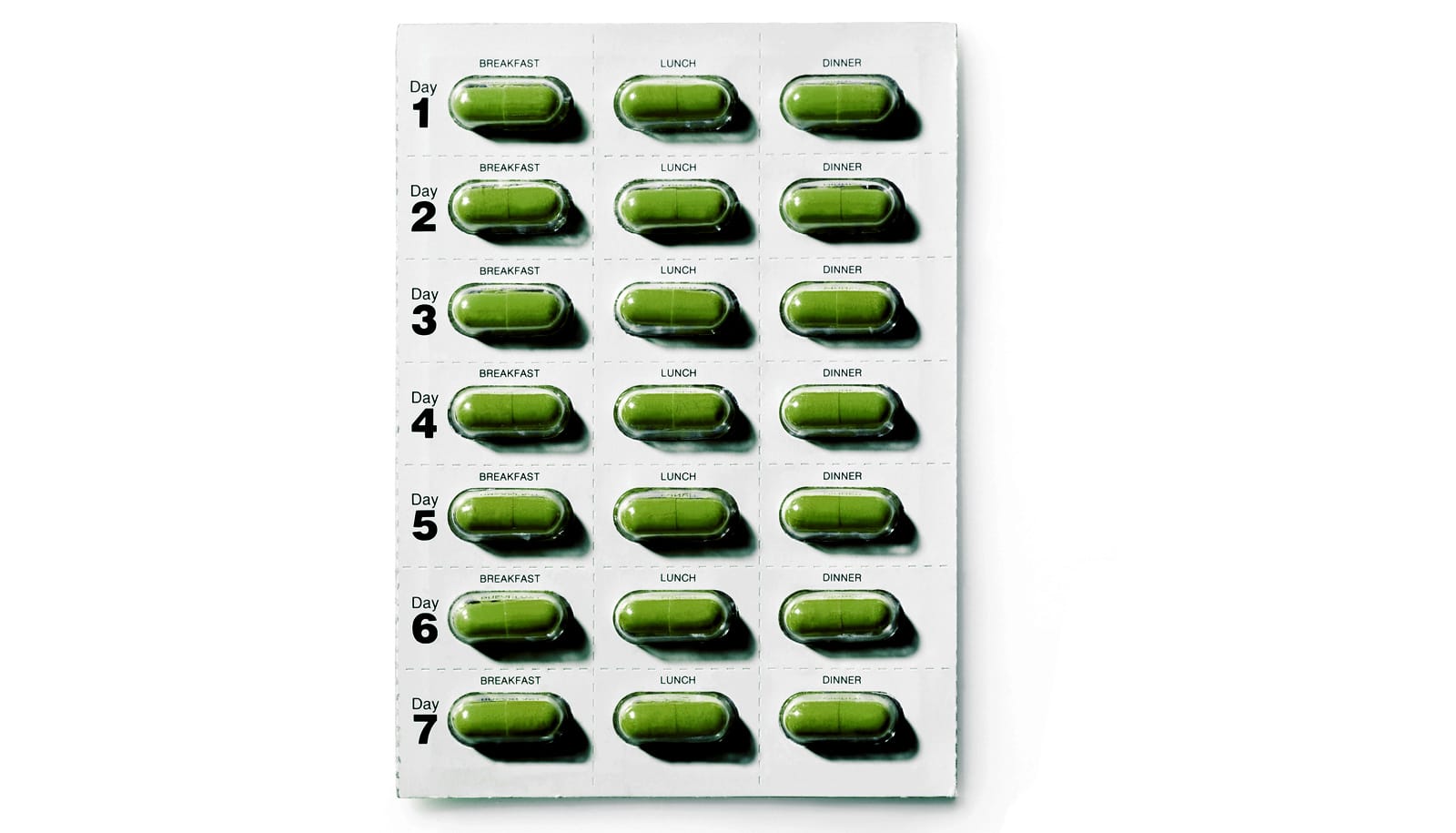When certain patients “teach back” a doctor’s instructions, they’re more likely to stay out of the hospital, according to a new study.
In the study, people living with high blood pressure, type 2 diabetes, and heart disease—conditions that can result in hospital visits if not managed effectively at home or with a patient’s primary care doctor—saw double-digit drops in hospital admissions compared with patients who did not teach their instructions back to their health-care provider.
“For patients with these conditions, most of their care happens at home,” says Young-Rock Hong, a doctoral student in health services research at the University of Florida’s College of Public Health and Health Professions and lead author of the paper in the Journal of General Internal Medicine.
“Teach-back helps doctors identify what information patients are lacking, or what they misunderstood, so they can correct it.”
For the study, researchers looked at five years of nationwide health care data from the Longitudinal Medical Expenditure Panel Survey.
When doctors asked adults 18 and older with high blood pressure, type 2 diabetes, heart disease, asthma, or chronic obstructive pulmonary disease to repeat care instructions back in their own words, they were 15% less likely to be admitted to the hospital and 23% less likely to be repeatedly hospitalized.
“The idea is that better communication leads to better adherence to doctors’ instructions, which leads to better health outcomes.”
While other studies have looked at a single disease or patients at a single hospital, this is the first nationally representative study to show how teach-backs can help people with these conditions manage their health without expensive, inconvenient hospital visits.
But the study also reveals a troubling statistic: Nearly a third of the 14,110 patients said their doctors had never asked them to teach back. That didn’t surprise coauthor Carla Fisher, a researcher in the College of Journalism and Communications who studies health communication. But if your doctor doesn’t ask you to teach back, you can initiate it on your own, she says.
“It’s a very helpful communication strategy for patients to initiate if a provider does not. It’s certainly one I use in my own health care as a patient, but probably even more in my role as a caregiver or care partner for my children and spouse.”
What’s preventing doctors from encouraging patients to repeat home care instructions in their own words? Time could factor in, Hong says, despite the fact that a teach-back can be done in just two to five minutes. He plans to look further into barriers to teach-back in the next phase of his research, as well as teasing out exactly how the method works to reduce hospitalization.
“The idea is that better communication leads to better adherence to doctors’ instructions, which leads to better health outcomes,” Hong says.
Physicians should initiate teach-back interactions with each patient they see, says coauthor Michelle Cardelle. “It only takes a moment and can have significant ramifications for the health outcomes of the patient.”
Additional coauthors are from the University of Texas, the New York Academy of Medicine, and the University of Alabama.
Source: University of Florida



